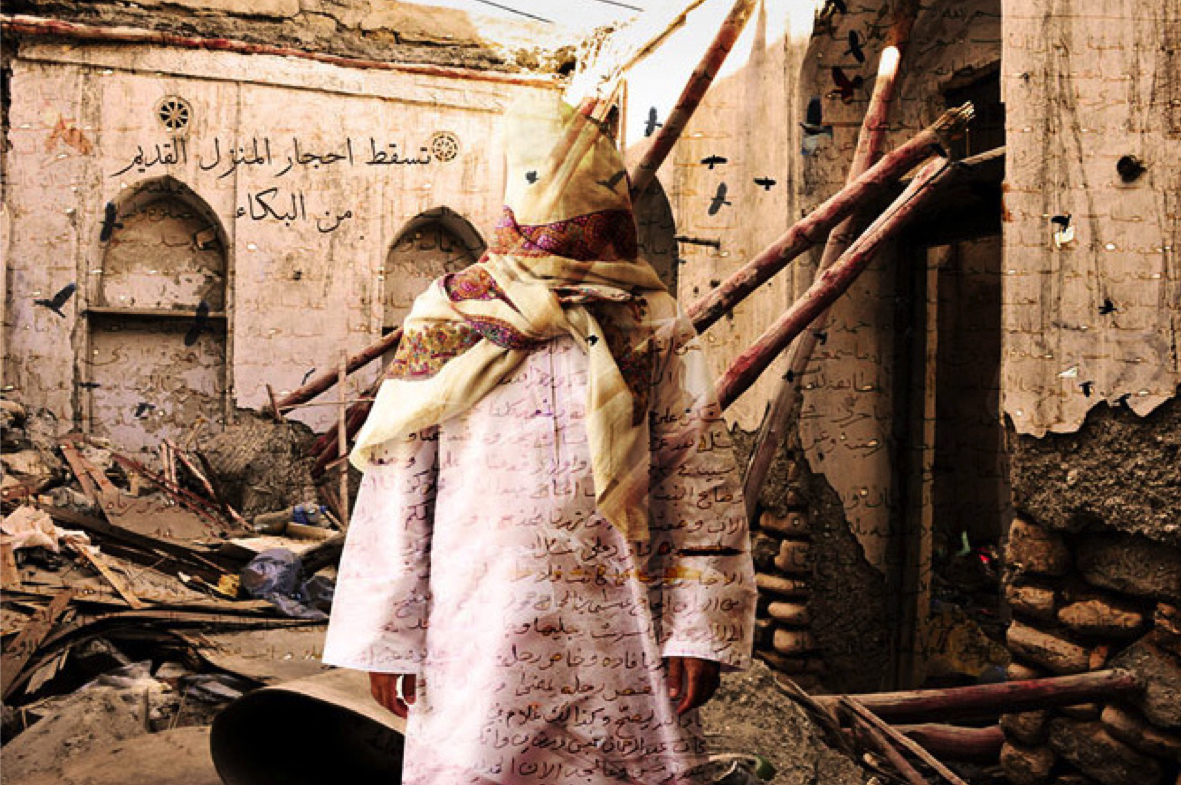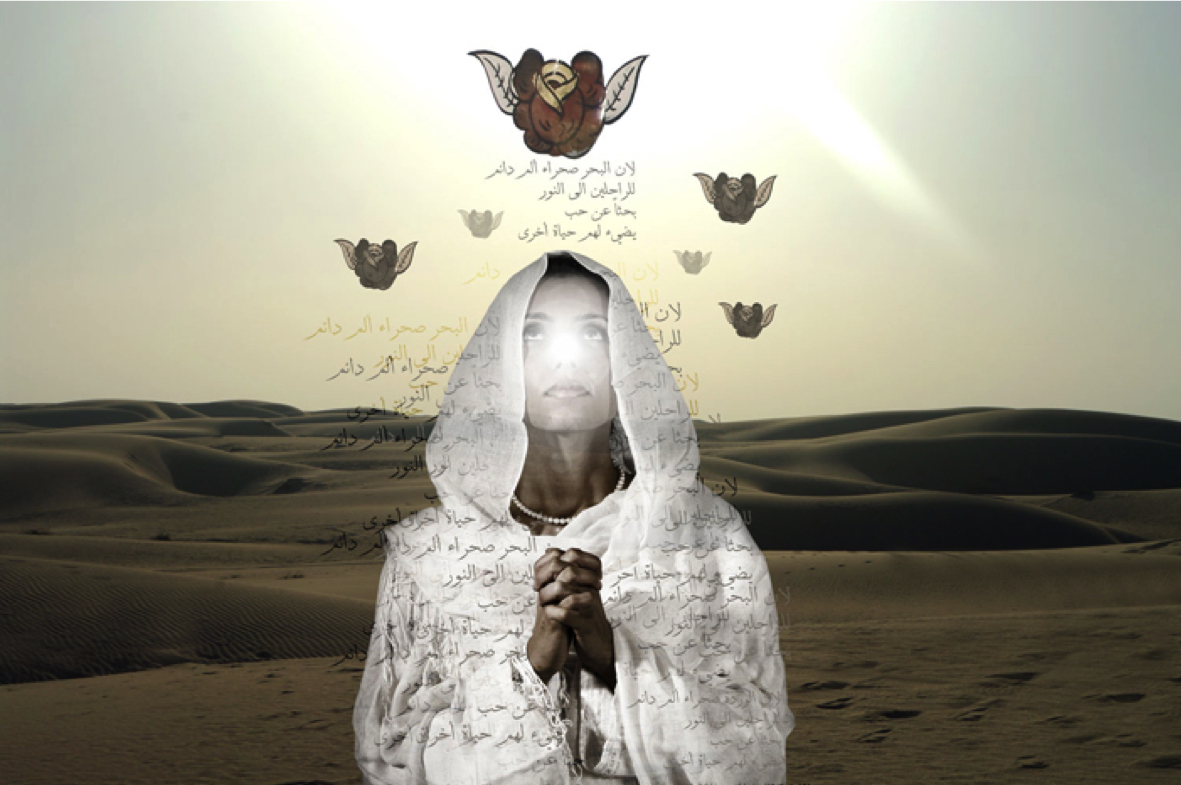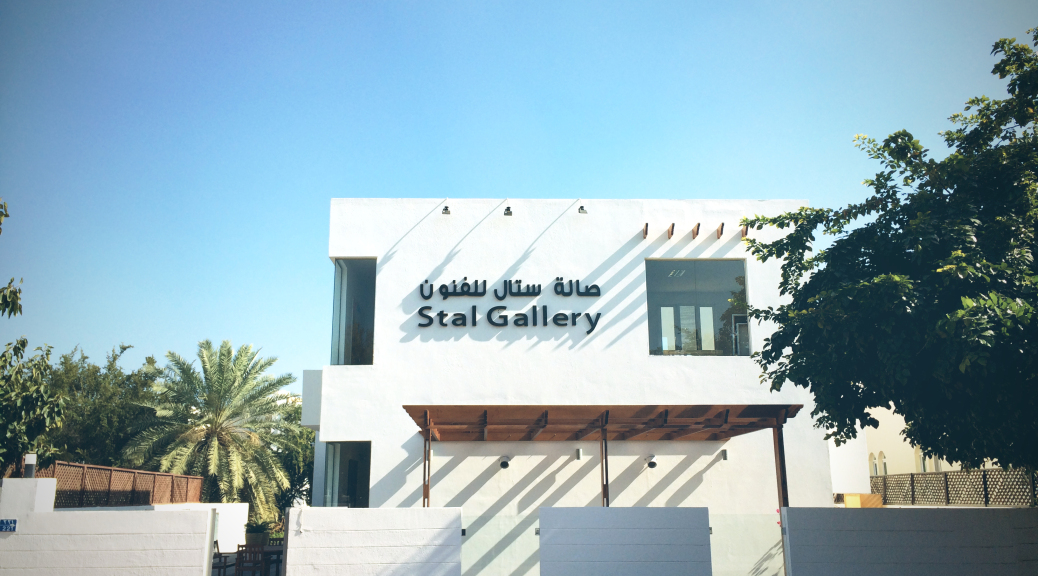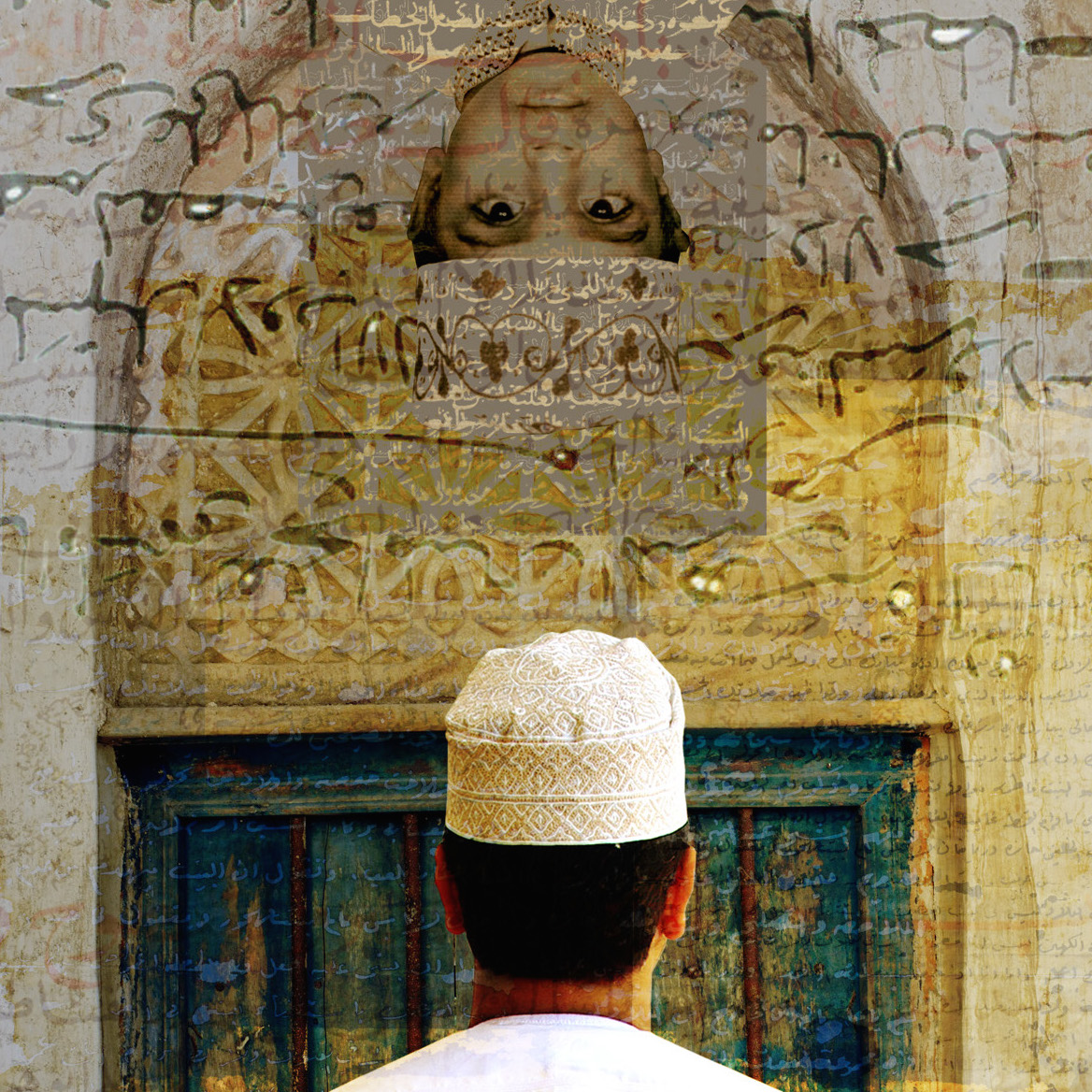Hassan Meer talks about his work, his gallery, and the emerging Omani art scene
Does the present ever assume the form of a phantom that encroaches upon the past, becoming a source of curious haunting? Such thoughts immediately flit across one’s mind in regarding a conceptual photograph by one of Oman’s foremost contemporary artists, Hassan Meer, in which he examines the ruins of his grandfather’s house surrounding him. The work aptly embodies Meer’s particular artistic approach that involves navigating multiple landscapes - namely those of his childhood and his present circumstances – to produce works that are both intensely personal as well as uniquely Omani. Whether through his conceptual photography or video installations, Meer strives to connect with his roots to produce narratives strongly rooted in the now. As well, apart from having extensively exhibited his works in both group and solo exhibitions in the Persian Gulf region as well as internationally, he has also recently established the Stal Gallery, which aims to be a crucible of artistic innovation in Muscat.
With a background in art and a B.A. and M.A. from the Savannah College of Art and Design in the US, Meer has been at the forefront of the Omani art scene, as a result of his own artistic practice, his constant support and encouragement of Omani artists, and his push for re-interpretation and experimentation. Describing himself as a conceptual artist, he speaks passionately about myths, beliefs, and rituals within his evolving culture, offering a critique and celebration of spiritual beliefs and practices. ‘My abstract art primarily draws upon my childhood memories, [which are] presented in bright, vivid shades of yellow and blue’, he says. ‘You cannot develop your artwork without locating it in some kind of experience,’ he remarks, further adding that ‘In my paintings, for example, I return to my childhood, mining those memories for moments with which to subsequently imbue my work’. In addition to his memories, the avant-garde Cobra artists of the 50s and 60s from Holland, Denmark, and Belgium have also provided inspiration for Meer. ‘Technology also plays a central role in my work, [and I have] introduced video, sound, and interactive art into my oeuvre during the last 15 years’.

My Grandfather’s House
What was it that attracted the young Meer towards the art world in Oman, though? Born in 1972 and having grown up in Muscat, he was constantly searching for a mode through which to best express his thoughts in a reflective fashion. ‘When I found art, I felt as if I had met a special friend whom I could spend time with’, he reflects. ‘I was 12 years old when I created my first oil painting; it was then [that] I discovered and recognised my attachment and commitment to art’. In describing this creative epiphany, he elaborates, saying that ‘I felt as if the painting and I were in dialogue with one another; I felt as if I had truly chanced upon something that told me I existed though that particular encounter with art’.
Nowadays, it is the artist’s spirituality that has increasingly come to dominate his work. ‘I have several challenges producing art nowadays’, he mentions. ‘It has largely become about portraying myself and investigating life and death. You could say that [my art] is in much more of an existential mode’. Art for Meer has become a way by which to seek the answers to his many questions, as well as ‘a means of creating [an] equilibrium between the artist and the universe’ and a tool for observing and commenting on human behaviour.
I have several challenges producing art nowadays’, he mentions. ‘It has largely become about portraying myself and investigating life and death. You could say that [my art] is in much more of an existential mode
In analysing his work, one gets the impression that Meer is constantly examining and interrogating the nature and quality of his life experiences, and representing them through his art’s many forms. For example, in 2005 he established and curated the Circle Group exhibition, which strove to realise and execute radical concepts in installation and multimedia art. ‘My prime purpose in creating Circle Group was to motivate others into becoming aware of, and exploring these new art forms’, he explains. ‘I feel [it] brought together artists, poets, and novelists, all possessing interesting concepts and stories, who in turn proceeded to execute them in [the] form of installations’.

Wedding Memories
In addition to having wrought incredibly textured, iridescent, abstract works primarily paying homage to the childhood Self, he has recently been working with photography, seeking to capture the changes occurring in the architecture and human landscape of Oman and the surrounding region. ‘Huge social changes following the discovery of oil have meant that people’s lives have dramatically changed, what with a rural-urban shift occurring and [Oman] becoming urban-centric’, he remarks. ‘People in the [Persian] Gulf are also addicted to technology, and the new generations are using it to form and shape new identities’. Meer’s own forays into technology are a testament to his own unique mode of engaging with it, as he abstracts narratives holding personal currency, as well as depicts the larger sociocultural terrain. The subjects of his conceptual photographs range from migrant Asian workers and his grandfather’s dilapidated house to dynamic, self-conscious works interlaid with 19th century Arabic text, while his video installations (such as one he recently exhibited at London’s Royal College of Art) present conversations with the Self in several dimensions.
Regarding the Omani art scene and emerging Omani artists, Meer feels that while the scene has definitely witnessed growth since the 80s, it has also become somewhat static since the mid-2000s. ‘I feel that there has been a frozen quality to it, and [that few] substantial contributions have been made to energise the movement’ he opines, further elaborating that despite art colleges and Sultan Qaboos University offering fine arts and art education courses, such efforts have not translated into the production of envelope-pushing art. Nevertheless, he does single out artists such as Budoor al Riyami, Abdulrahim al Hoti, and Issa al Omfarji as three shining beacons of contemporary Omani art.

Enlightenment
Meer’s new venture, Stal, certainly intends to infuse the Omani art and culture scene with fresh energy and momentum. Meer came up with the idea a few years ago when he met Ahmed Alserkal, who represents the UAE-based Alserkal group that has been a leader in encouraging art and artists in the region. ‘He had a vision to support Omani culture through art and young Omani artists’, says Meer of Alserkal. The name, Stal, was taken from that of a village in Oman located near the Wadi Bani Kharus in the Dakhliya region where intellectuals used to gather; likewise, the gallery has also come to be associated with ‘knowledge and debate’.
Having opened in the first week of December last year, Stal is a visual arts studio and exhibition space in the heart of Muscat, whose mission is to promote the creation, appreciation, and engagement of visual arts in all media in Muscat and the surrounding region. As well, Stal aims to provide venues and facilities in Muscat for audiences and artists, as well as form an artistic hub for creation, exhibition, and engagement, with both a national and international agenda. ‘The gallery has many art programmes coming up, with interesting exhibitions, workshops, and residencies’, Meer says, further remarking that Stal began their first residency with Turkish-German artist Yasemin Yilmaz this April, who also held a workshop and talk about her exhibition there.

Photo courtesy BrenTesigns
Having recently exhibited at the 2014 Fotofest Biennial in Houston, Texas, Meer now plans to turn his attention towards curating exhibitions in Oman in 2014 and 2015 for Stal. Additionally, a book about his photographs and installations is also in the works.

